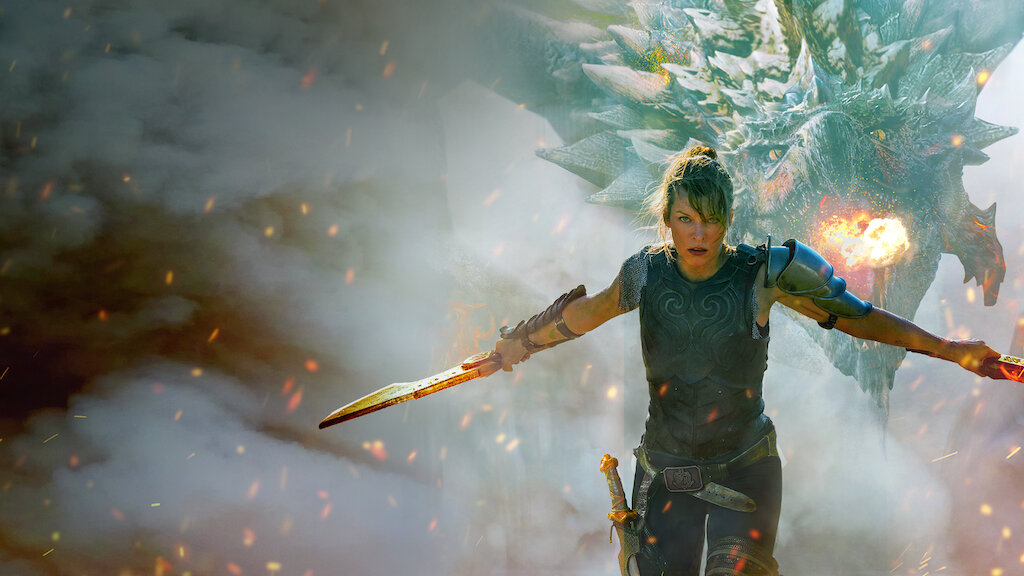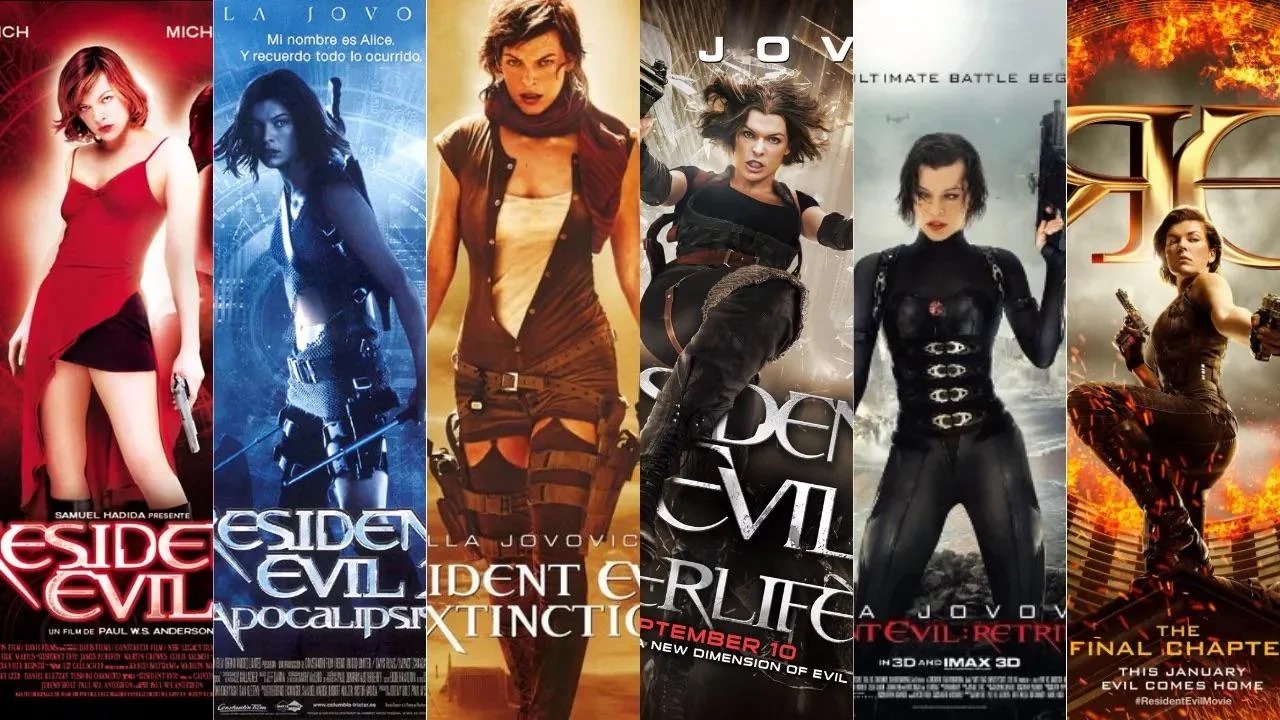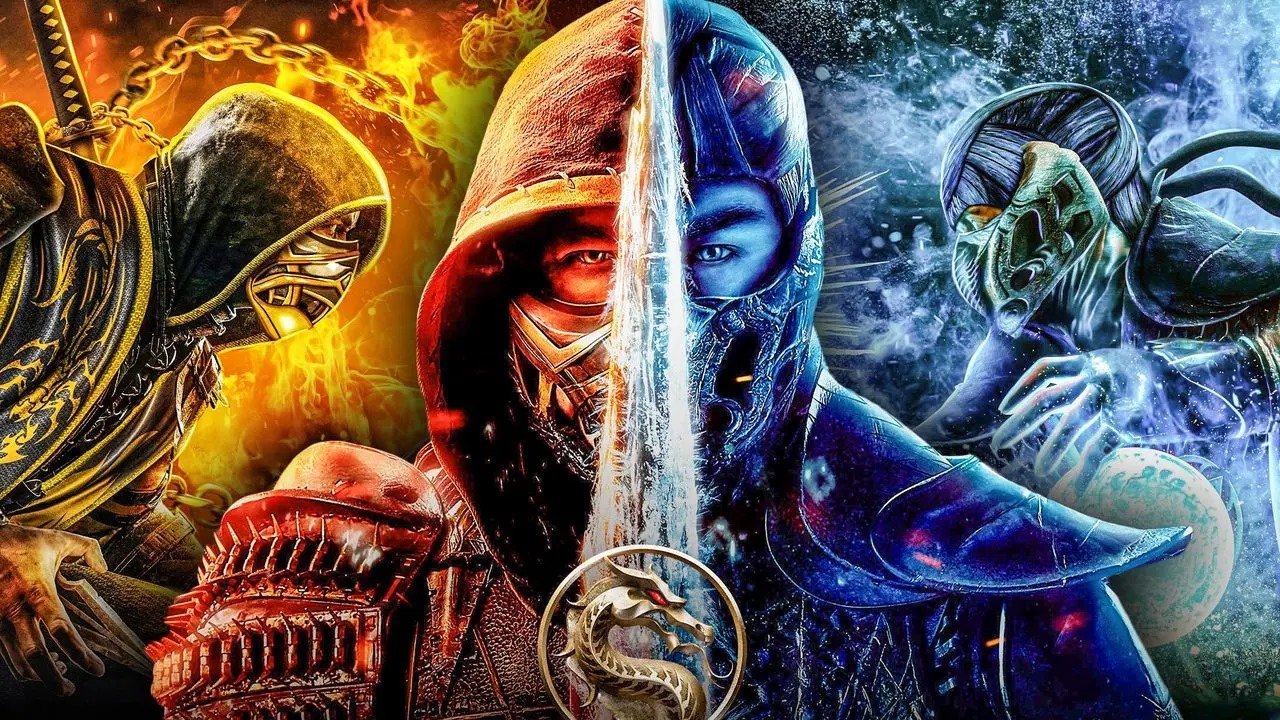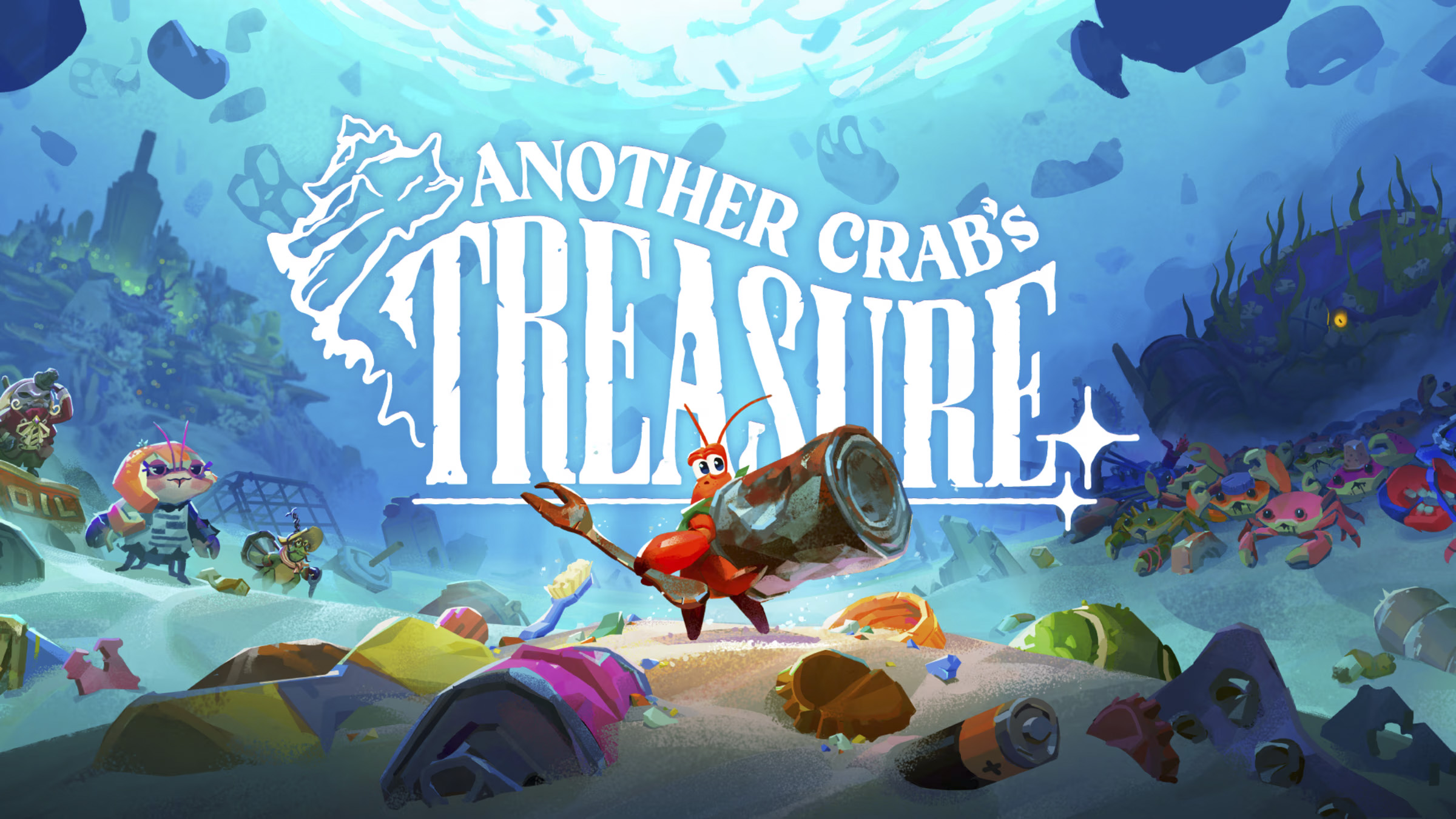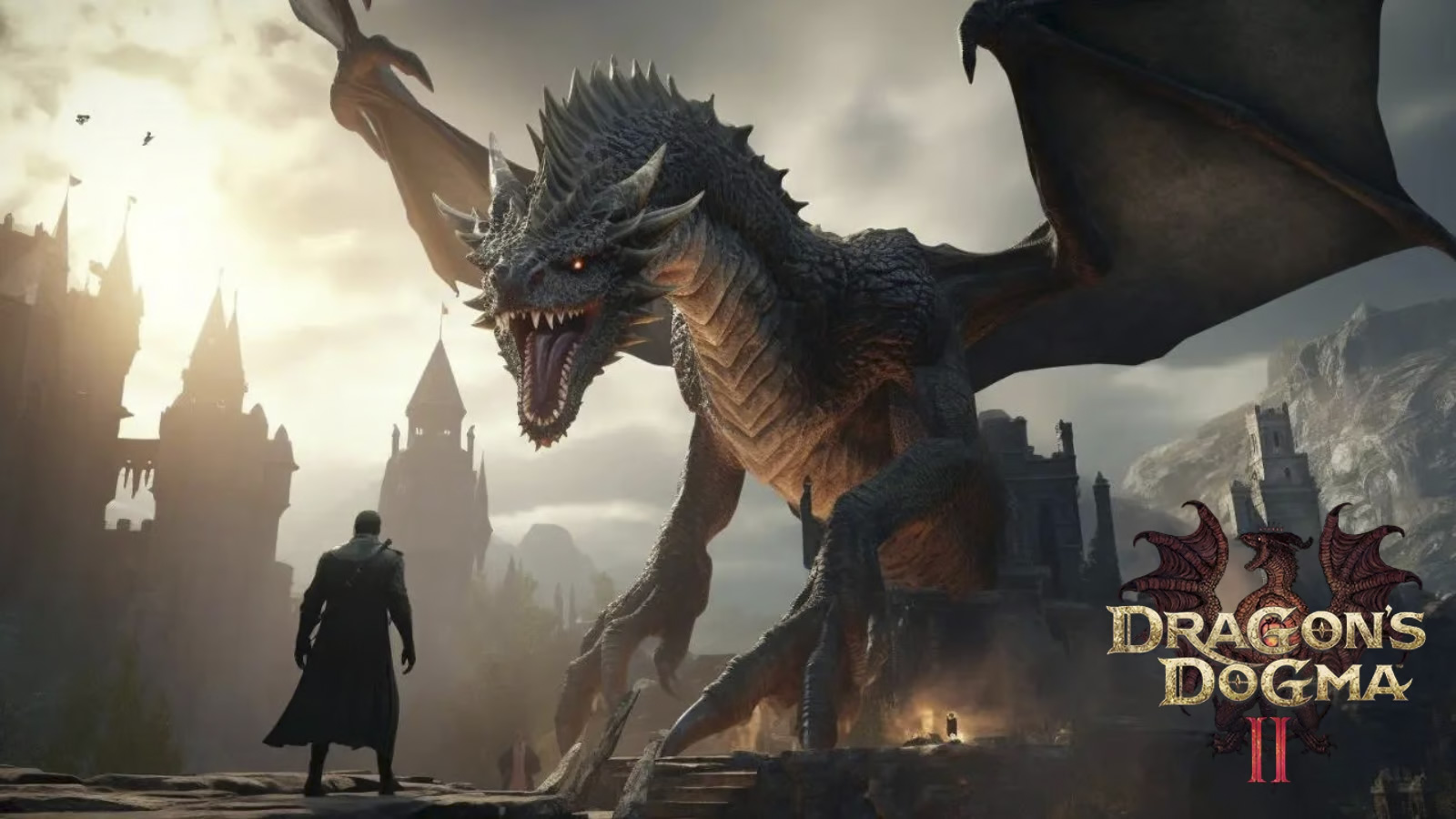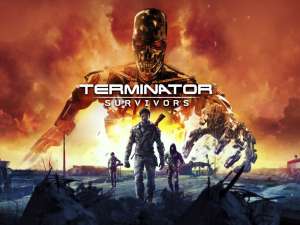Dragon's Dogma II marks a triumphant return for Capcom’s beloved action-RPG series, blending familiar mechanics with a slew of impressive updates. Set in a sprawling fantasy world brimming with life and danger, the game builds on the foundations of the original while delivering a richer and more immersive experience.
The story centers around the Arisen, a chosen hero destined to challenge colossal monsters and navigate the intricate relationships within the game’s lore-rich world. While the narrative starts with a familiar premise, it deepens as you explore themes of power, destiny, and the eternal cycle of life and death. The storytelling is nuanced, offering surprising twists and a cast of well-crafted characters that leave a lasting impression.
Combat is the shining star of Dragon's Dogma II. The diverse array of classes, or vocations, returns, including the traditional Fighter, Mage, and Strider, as well as hybrid classes like Mystic Knight and Magick Archer. The combat feels fluid and impactful, allowing players to scale towering enemies in a way reminiscent of Shadow of the Colossus. Whether wielding swords, bows, or powerful spells, each battle demands strategy and skill, making every encounter thrilling.
The pawn system—a standout feature from the original—makes a strong comeback, enabling players to recruit customizable AI companions. These pawns learn from your playstyle and provide invaluable assistance in combat and exploration. Their intelligence and adaptability are significantly improved, making them feel more like genuine allies than mere tools.
Visually, Dragon's Dogma II is stunning. Powered by the RE Engine, the environments are detailed and atmospheric, from lush forests to dark, foreboding caves. The day-night cycle adds an extra layer of immersion, with night bringing genuinely terrifying challenges.
In short, Dragon's Dogma II is a masterful sequel, offering fans and newcomers an epic journey filled with adventure, danger, and heart-pounding action.

